- The stone statue may be a ballast stone from China purchased by an ancient Thai merchant
- Another said that the stone statue was custom-made from abroad during the reign of Rama V in 1882 to celebrate the 100th anniversary of the establishment of the royal family.
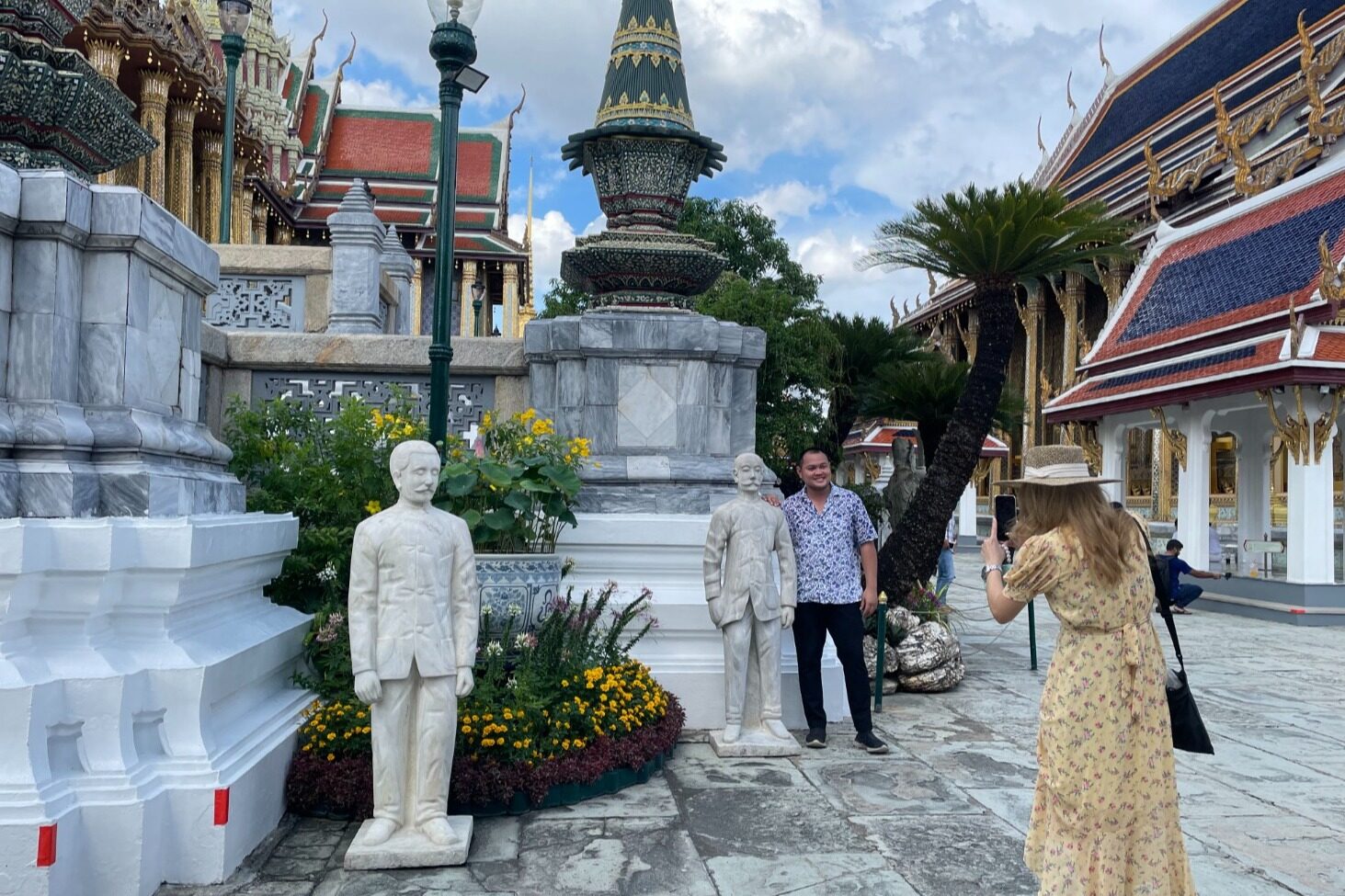
On July 21, 2022, at Wat Phra Kaew in Bangkok, the resplendent temple pagoda shimmers in sunlight. But in the eyes of tourists, the white marble sculptures of several Chinese faces are even more eye-catching.
This batch of more than 130 stone statues have different shapes, either Western faces or Southeast Asian clothes. Their origins are a mystery. Because they have been buried for a long time and are well preserved, they have been displayed in various places in the Jade Buddha Temple in the Grand Palace recently.
Communication through a hundred years
A few days ago, the website of the Royal Office of Thailand issued an announcement saying that in July 2021, during the renovation of the road at the entrance of the Grand Palace, a number of stone statues were excavated, including faces and dressed figures of various countries, as well as spirit beasts in mythology. Some of the stone statues were engraved with Chinese characters. The Thai cultural relics agency compared historical materials and found that these stone statues were the decorations of the temple during the reign of King Rama V, and they disappeared after that. After being repaired by the historical institution, these stone statues that have seen the light of day are placed on display at the location where they were a hundred years ago under the order of the King of Thailand.
The 70-year-old Noi stroked the graceful Chinese characters engraved on a statue of a woman in a long skirt, and happily read in Cantonese: "Made in Maoyuan, Dongyue". "I guess this is the origin of the stone statues. These stone statues should be ballast stones that came along with cargo ships." She, who is originally from Guangzhou, told reporters in a rusty but standard Cantonese. Although born in Thailand, Noy's family still insists on speaking Chinese, and is often surprised by the unexpected Chinese elements in life.
The old man's guess coincides with some Thai experts. Anuo, a professor at the National Institute of Development and Management of Thailand, said on his Facebook that these stone statues may be ballast stones purchased from China by ancient Siamese merchants in Thailand to balance the weight of the return ship and ensure that the ship is not overturned by the wind and waves. The overseas trade of Siam (an ancient name for Thailand) in the 18th century flourished, especially with China. At that time, Thailand mainly relied on wooden ocean-going sailboats to transport goods such as rice, leather, tin ore, and elephants to China, while on the return journey, lighter items such as tea, silk, and porcelain were brought back. In order not to unbalance the hull, merchants initially used heavy, incorruptible marble or sandstone blocks for ballast.

At that time, King Rama III was very fond of Chinese art and purchased many Chinese stone carvings to decorate Buddhist temples and built a Chinese garden. On a whim, stone statues of people or spirit animals have gradually become the preferred ballast stones for trading sailboats. When they land in Siam, the exquisite Chinese statues can be presented as tribute to the king and sold for good prices as commodities. Today, Chinese statues can be seen everywhere on the Chao Phraya River, such as the Grand Palace, the Temple of the Emerald Buddha, and the Temple of Dawn.
Some historians also believe that these statues may have been custom-made by a senior royal family from abroad in 1882 during the reign of King Rama V to celebrate the 100th anniversary of the founding of Bangkok. They say the statues have a smooth surface with fine carvings not found in Thailand, and are not the same material and carvings as the ballast stone statues that have been placed in temples. The origin of these statues has not yet been determined.
Today's Sino-Thai trade has developed rapidly under the Belt and Road Initiative. Ships no longer need to rely on ballast stones to withstand the wind and waves, and every ship that goes to China will return with a full load. In addition to waterways, land routes from Bangkok to Kunming and Guangxi have also been opened up, and the volume of trade has continued to expand with the connectivity of infrastructure.
China-Thailand trade cooperation has become the "ballast stone" for the stable development of Thailand's economy and trade. The ballast stone, which has witnessed the vicissitudes of the economic and trade exchanges between the two countries for a century, has completed its historical mission. It continues to watch the people coming and going in the tourist country with a smile under the Thai palace walls and temples. A time of all kinds.Editor/XuNing
Comment
 Praise
Praise
 Collect
Collect
 Comment
Comment
 Search
Search


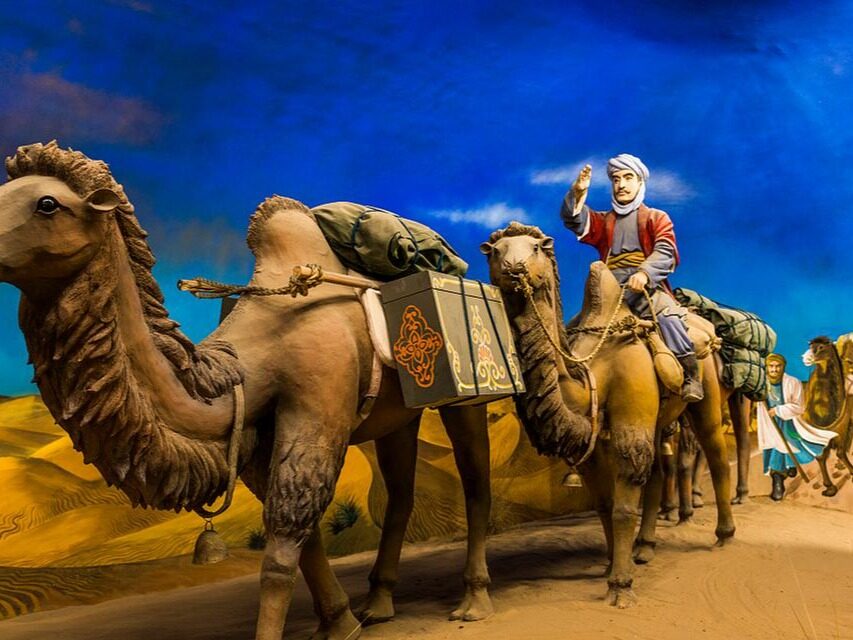
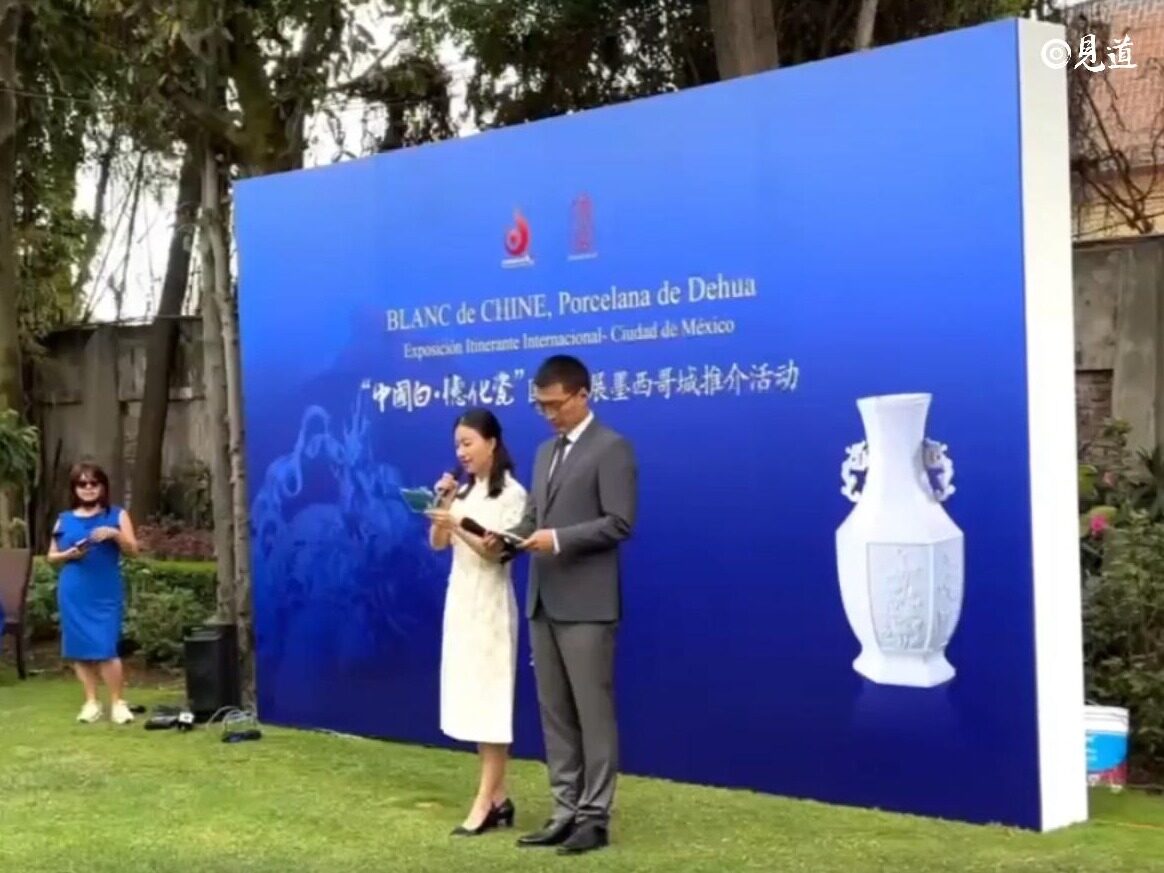

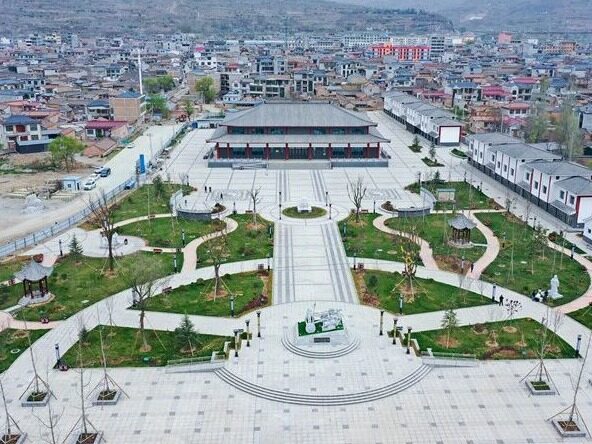
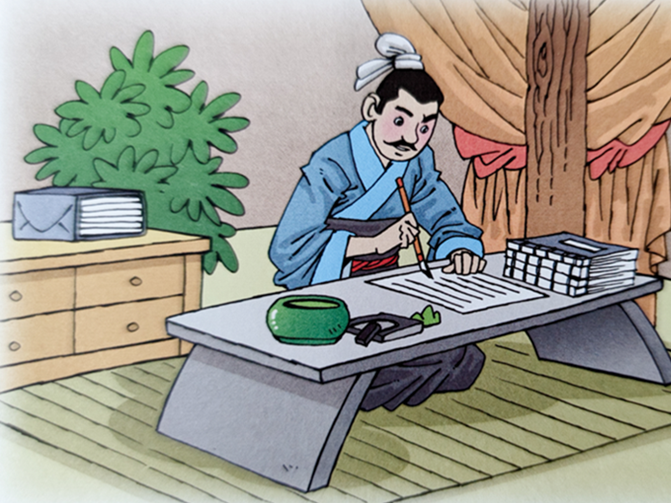
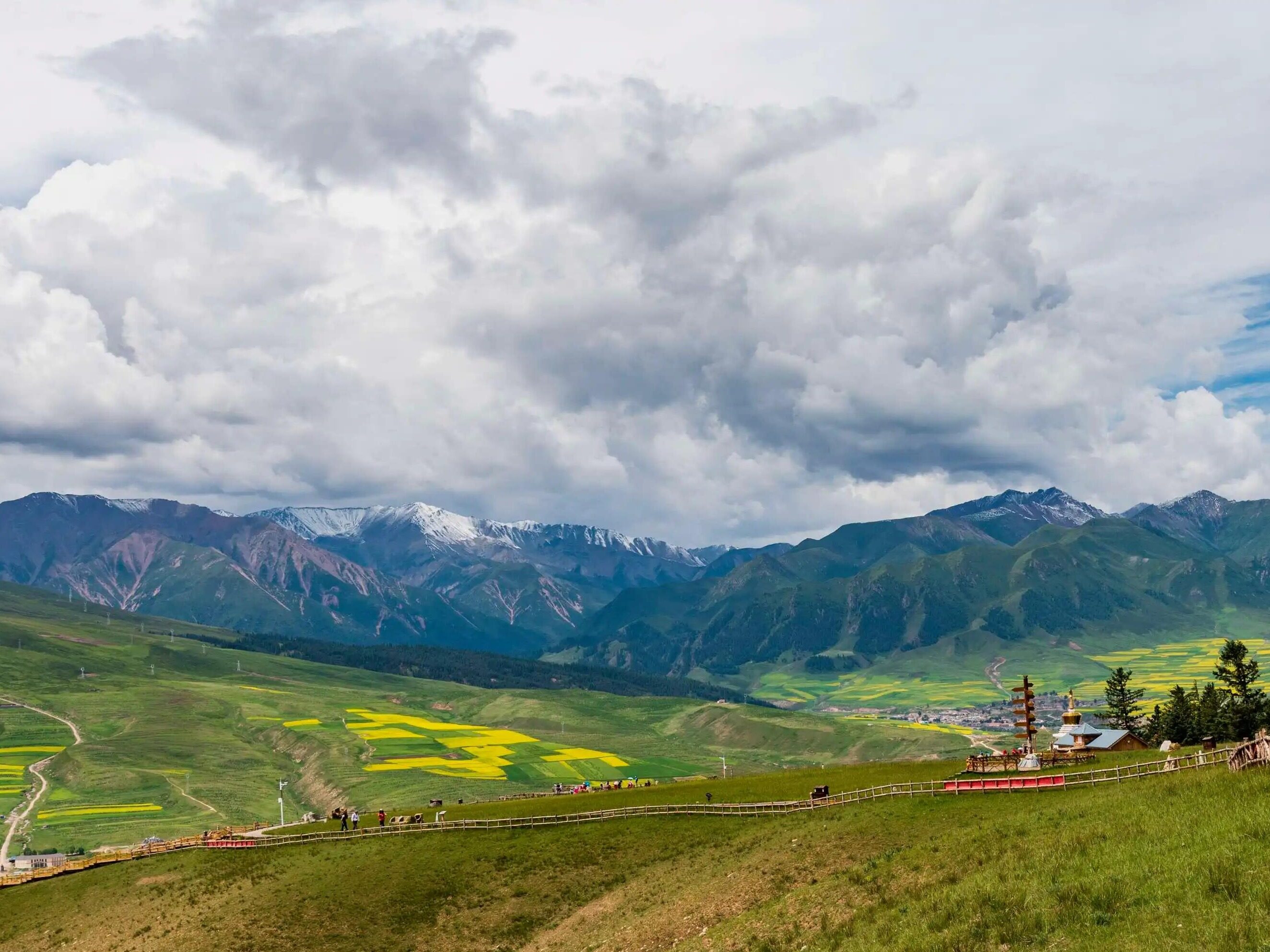






Write something~